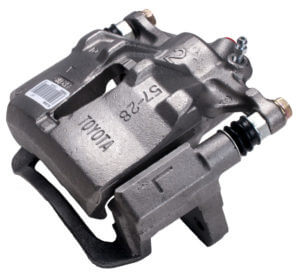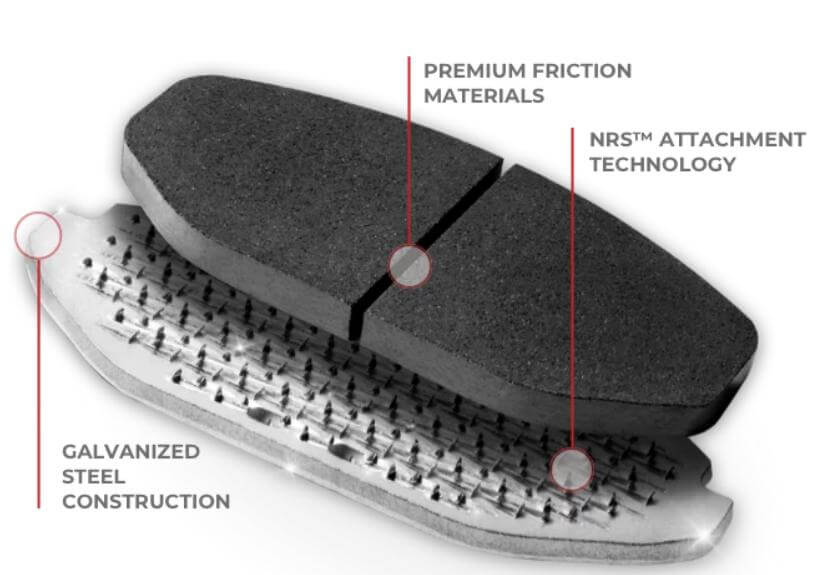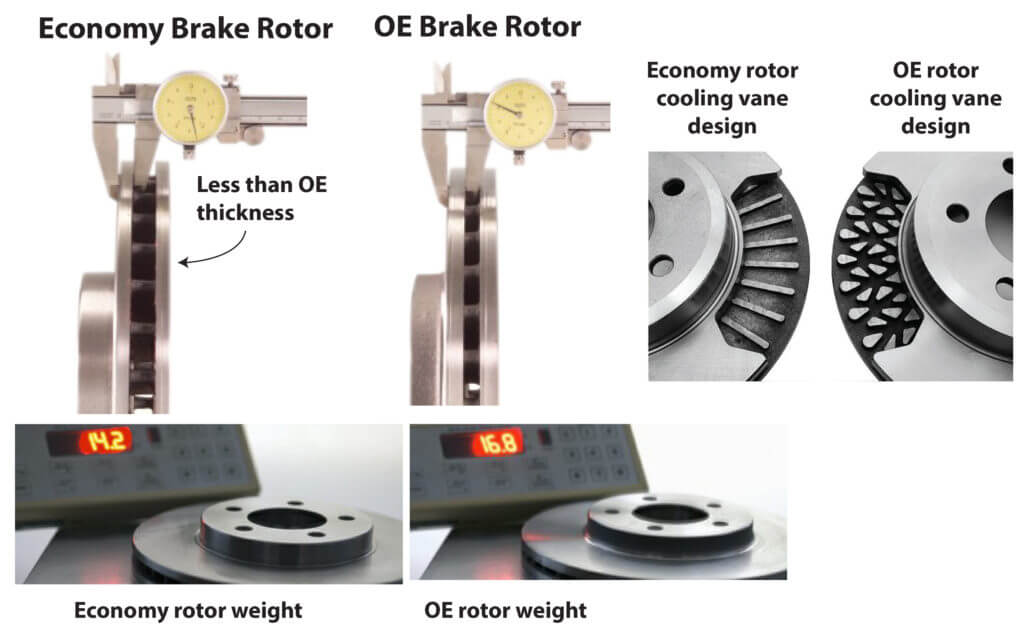Top 6 car repair scams
The 6 most common auto repair scams
Here’s how to avoid the most common auto repair scams. Most honest shops don’t push these “wallet flushing” services or don’t recommend them unless they’ve done some testing to justify the need. Shops that recommend these services without any testing are just try to empty your wallet.
Engine flushing is #1 on the list of car repair scams
Shops often promote engine flushes as a way to “clean up your engine by circulating hot solvent through to remove sludge and oil deposits.” Not a single carmaker recommends this service and many have issued service bulletins warning their dealers not to perform routine engine flushing.
An engine flush is actually a “wallet flushing service” designed to flush money from your wallet and into theirs. It is definitely a top mechanic scam. You should never agree to an engine flush. Here’s why. If you change your oil on time, you don’t need an engine flush. Routine oil changes keep your engine clean. If you don’t change your oil on time, the damage has already been done and an engine flush can’t fix the wear caused by the neglect. So it’s a complete waste of money.
Worse yet, an engine flush on a neglected engine can actually cause total engine failure weeks after. The proponents of engine flushes claim that the solvents dissolve all the sludge, varnish and carbon deposits and flush the crud out the drain plug. But engine flush solvents don’t always work that way. Many times the solvent just softens heavy deposits. Then, weeks after the service was performed, large chucks of debris break off and clog oil passages causing oil starvation and total engine destruction. It’s a great way to destroy your engine.
Here’s what the carmakers have to say about engine flushing
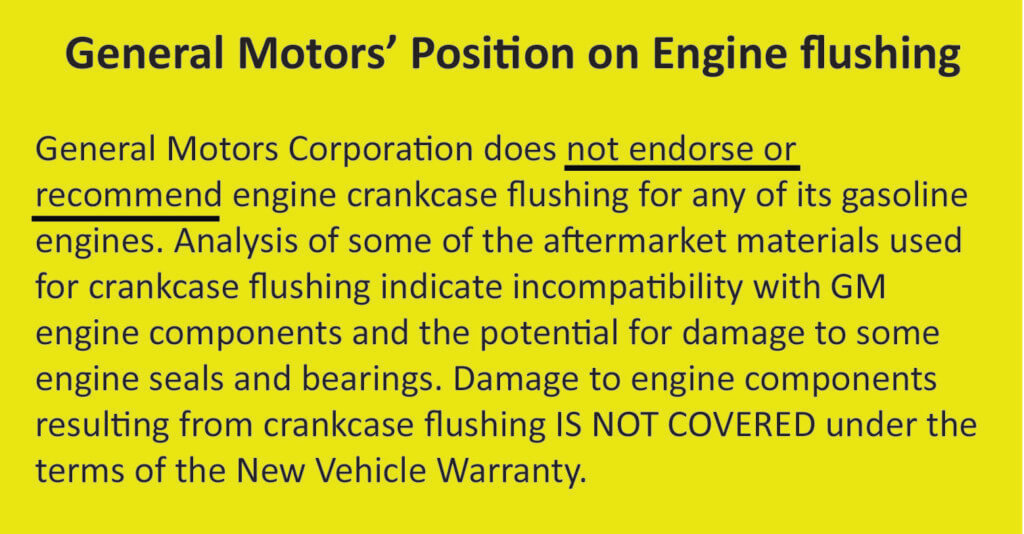
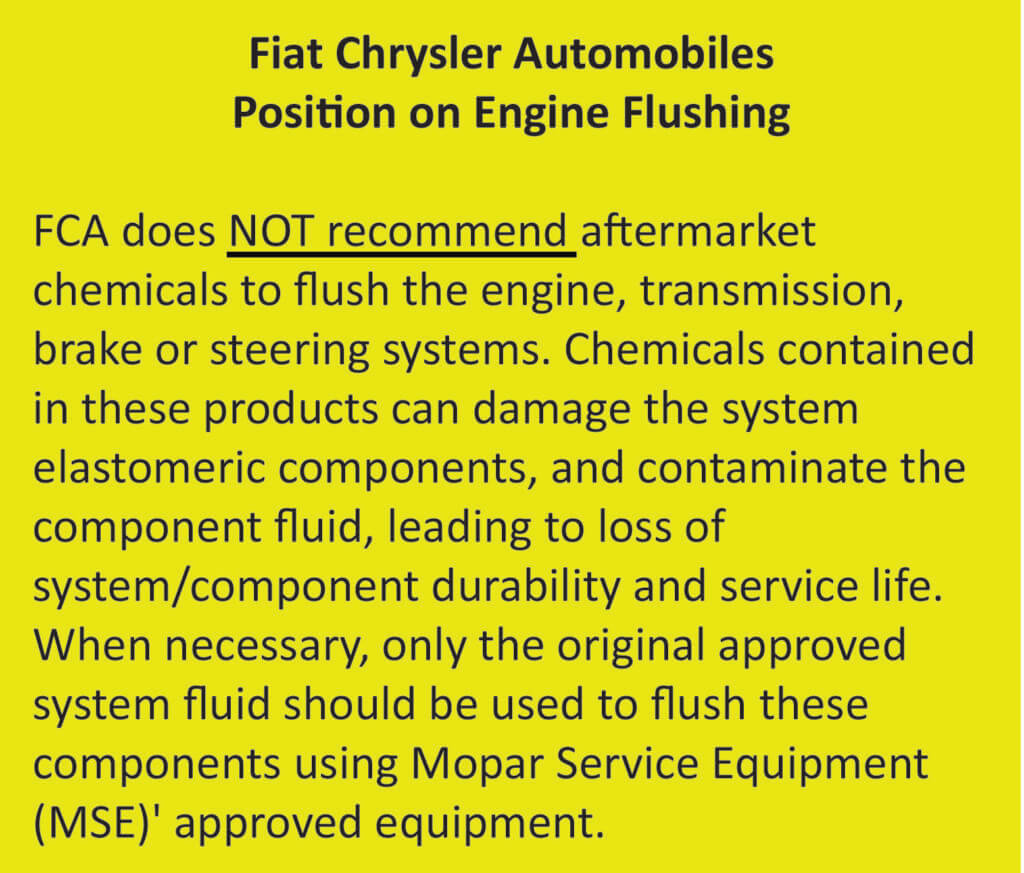
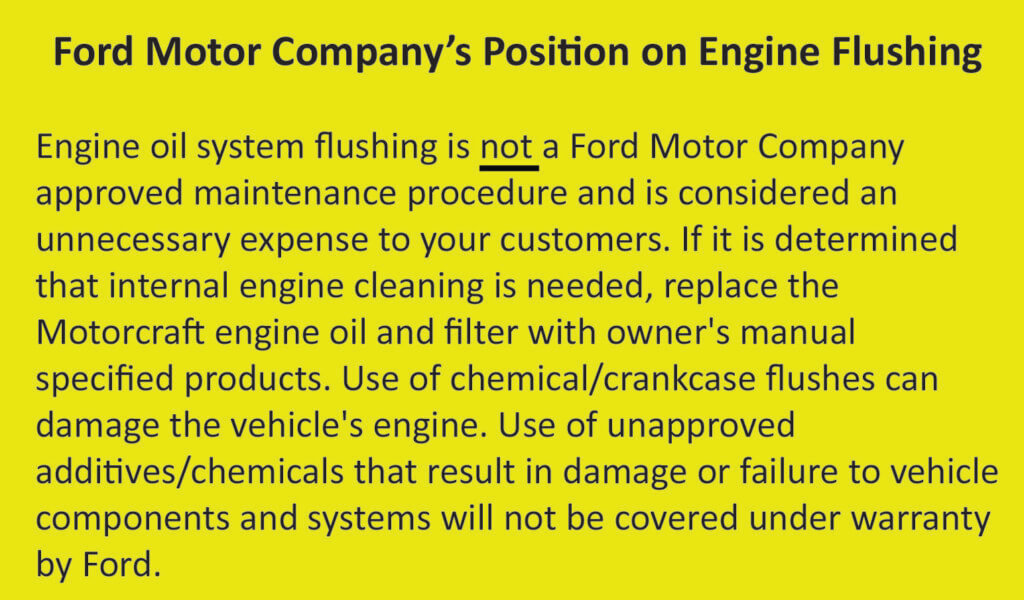
Fuel injector service (Fuel system service) is also one of the more popular car scams
Shops often recommend a routine fuel system service to “stay on top of fuel injector problems.” The cleaning service involves running a strong solvent cleaner through the fuel injectors. If your engine is starting fine, running smoothly, and accelerating normally, the fuel cleaning service isn’t needed and is just a huge waste of money. It’s another wallet flushing service.
The only reason to get a fuel injector cleaning service is if you’re having starting or performance problems AND the shop has done diagnostic testing that concludes the fuel injectors are clogged. A fuel injector cleaning might solve the problem, but many times a cleaning can’t solve the problem and the injector must be replaced.
Routine fuel injector cleaning is another one of those wallet flushing service that’s recommended so often when it’s not really needed that carmakers have issued service bulletins warning dealers not to offer this as a routine service.
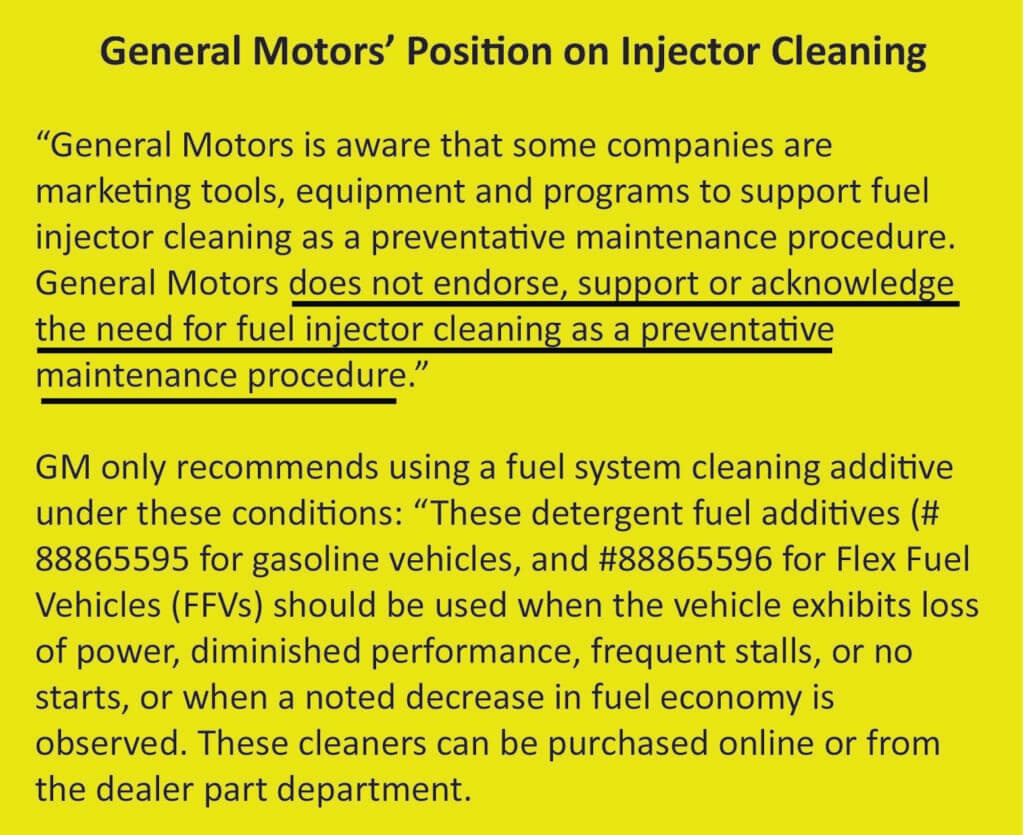
Air induction service for non-GDI engines is another car repair scam
Air induction service is a cleaning service that chemically removes carbon buildup from the intake valves and throttle body on engines with gasoline direct injection (GDI). NOTE: Most late model vehicles equipped with a turbo also have GDI fuel injection. It’s a valuable service for those engines and should be performed about once every 30,000 miles to keep the intake valves and throttle body clean.
But air induction service isn’t needed on older port injection engines because the fuel injectors constantly wash the intake valves with fuel, so there’s no carbon buildup.
If your engine is equipped with GDI technology, you should have an air induction service done once every 30,000 miles. If the shop is recommending air induction service more often than that, say no.
If the shop recommends air induction service for your non-GDI engine you’re getting ripped-off and should find another shop.
NOTE: Some carmakers and extended warranties companies require this service to be performed at certain intervals. If those requirement vary from what is listed here, always follow the carmaker or warranty company’s requirements.
Unneeded Brake fluid flushes
Let’s get this straight from the get-go; brake fluid doesn’t wear out, but the anti-corrosive additives do. Once the anti-corrosion additives are depleted, your brake system corrodes from the inside out. Plus, brake fluid absorbs water and that water can reduce braking efficiency as well as contribute to corrosion. So brake fluid DOES need to flushed occasionally, but only when it’s tested and shows signs of additive depletion.
Color alone is not an indication of brake fluid condition
Some shops recommend brake fluid flushes based on the color of the fluid. But there are no scientific studies to back up the claim that color is an indication of brake fluid condition. In fact, you can flush your brake fluid, have it turn dark brown within six months and it can still test perfectly fine. So what does color have to do with it? Nothing.
Test strips and moisture meters are scientifically proven methods for testing brake fluid
Brake fluid condition can be tested in less than 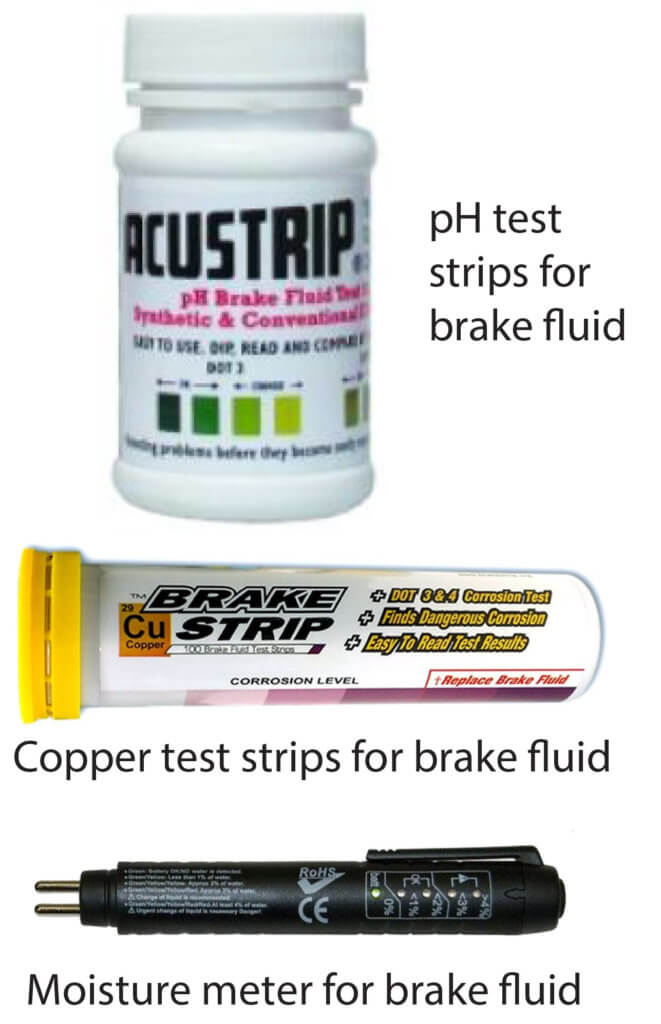 5-mins using test strips and a moisture meter. A pH test strip tells the condition of the fluid’s anti-corrosive additives. A copper test strip shows how much copper is in the fluid, and high copper content is an indication that the anti-corrosive additives have failed. A moisture meter can instantly determine excessive water content in the fluid. If your brake fluid fails any of these three tests, it should be flushed.
5-mins using test strips and a moisture meter. A pH test strip tells the condition of the fluid’s anti-corrosive additives. A copper test strip shows how much copper is in the fluid, and high copper content is an indication that the anti-corrosive additives have failed. A moisture meter can instantly determine excessive water content in the fluid. If your brake fluid fails any of these three tests, it should be flushed.
Agree to a brake flush based on testing, not color
If a shop recommends a brake fluid flush based on color alone, you’re getting ripped off. Find a shop that uses test strips or a moisture meter.
Test strips only cost about 35¢ each and you can test your brake fluid yourself.
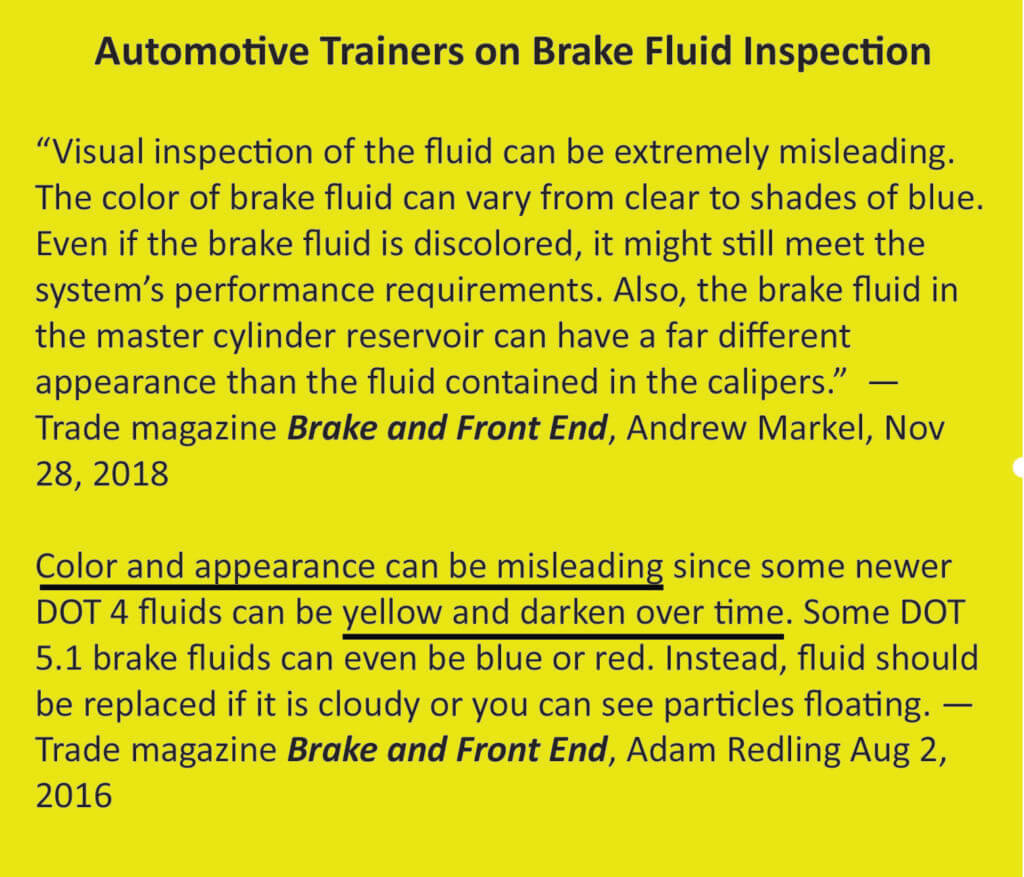
NOTE: Some carmakers and extended warranties companies require this service to be performed at certain intervals. If those requiremenst vary from what is listed here, always follow the carmaker or warranty company’s requirements.
Shock and strut car repair scams
All gas charged shocks and struts contain oil and as the shock/strut wears, some oil can “weep” past the seal and drip down the side of the strut. That’s perfectly normal and is NOT a reason to replace the shock/strut.
Some unscrupulous shops will notice the “weep” during a free inspection and recommend an “immediate” shock/strut replacement. A weep, by itself, is NOT a reason to replace a shock or strut. Only a road test can determine if the shock/strut is worn and not performing properly. See this article on how to test shocks and struts.
A leak however, is a different story and it means the shock/strut has reached the end of its life and must be replaced. Look at the difference between a weep and a leak in the graphic below. (supplied by Monroe, one of the largest manufacturers of shocks and struts).
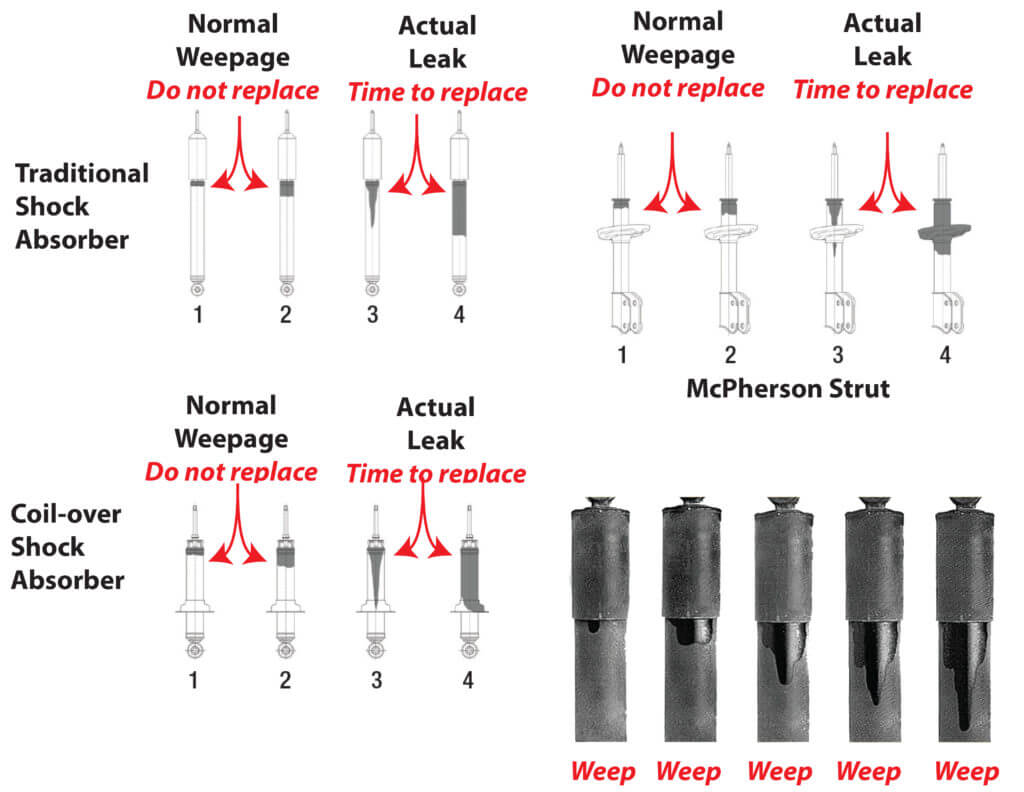
A weep is a slightly wet spot directly below the piston seal that extends down the shock/strut tube a few inches and then stops. A leak, on the other hand, continues to drip all the way down the shock/strut tube and tends to moisten the shock/strut all around the tube and also wet the spring retainer (strut).
If the shop says your shocks/struts are leaking, ask for pictures. If the “leak” is really just a weep, find a new shop.
There are multiple brake job car repair scams
The three most common brake job rip-offs
• Luring you in with a coupon or “sale” price only to upsell you
• Recommending caliper replacement on every brake job that comes into the shop
• Using cheap low quality brake parts that fail early but are covered by a lifetime warranty
The brake job special
We’re not seeing this one too much post-pandemic because brake parts prices are way up due to supply chain issues. But once the supply chain straightens out, the “brake job special” scam will be back, so you need to be prepared.
How the brake job rip-off works
The shops (mostly national chains) advertise a brake job for $179 to $199. A brake job takes about an hour to perform. With shop labor running around $100/hr—to $140/hr and high quality brake pads costing around $80/set, there’s no way a shop can make money selling a brake job for just $179. Enter the upsell.
You get a caliper, you get a caliper and you get a caliper
Unscrupulous shops have never met a brake caliper that didn’t need immediate replacement. Even through brake calipers have a useful life of 150,000 miles or more, the rip-off shops replace them on every brake job. Why? Because selling new calipers is very profitable and it’s an easy sell. All the shop has to do is show you some uneven brake pad wear caused by sticky or seized caliper slide pins and it’s an instant sale.
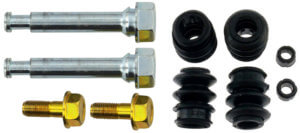
New caliper slide pins and boots cost about $12 per side, a fraction of the price of new calipers. New pins, boots and grease eliminate uneven pad wear and keep the caliper working.
But uneven pad wear doesn’t mean the caliper is bad. It just means that the caliper slide pins are corroded, need lubrication or there’s some rust buildup in the pad abutment area. Both of those issues can be fixed in less than 10 minutes with a wire wheel, some brake lube, or a new set of caliper pins and boots.
But to be fair, there are three conditions that require a brake caliper replacement
• If the caliper is leaking.
• If the caliper piston dust seal is torn and the piston is corroding.
• If the caliper square cut O-ring has hardened and is preventing the piston from returning to its “home” position, the caliper must be rebuilt or replaced.
In those three instances, the caliper must be replaced and you’re not being ripped-off.
Sorry, but your vehicle requires ceramic brake pads at an extra charge
The brake job special price doesn’t include ceramic brake pads. That’s strange since almost 70% of vehicles made in the last 10-years came from the factory with ceramic brake pads. So the brake job price doesn’t apply to the vast majority of the vehicles that will come into the shop. Right off the bat, you’re digging deeper into your pocket and the shop is making more money. In other words, most owners will never pay the sale price simply because their vehicles need ceramic brake pads.
We’re installing premium quality brake pads with a lifetime warranty
But who’s definition of premium are we talking about?
There are quite rigid Federal standards for brake parts on new vehicles. But there are no Federal standards for aftermarket brake parts. Any manufacturer can make low quality brake pads and rotors and package them in a boxes labeled “Premium Quality.” Many chain operated shops buy low quality brake pads and rotors from offshore suppliers and package them in “premium” boxes. Then they offer you a lifetime warranty to make you feel like you’re getting top quality parts.
But there’s a catch. When the low quality brake pads and rotors fail, the shop will replace the pads for free, but guess who pays for the labor? You. Oh, and those calipers and rotors? They need to be replaced again too. This will repeat every few years until it finally sinks in that you’ve been had.
Premium brake pads and rotors versus junk
The #1 cause of premature brake pad failure isn’t wear, it’s rust. Inferior brake pads are built on low quality steel backing plates. The low quality steel bends and distorts under heavy braking, causing the friction material to crack and break off. In addition, the steel rusts causing the friction material to delaminate from the backing plate.
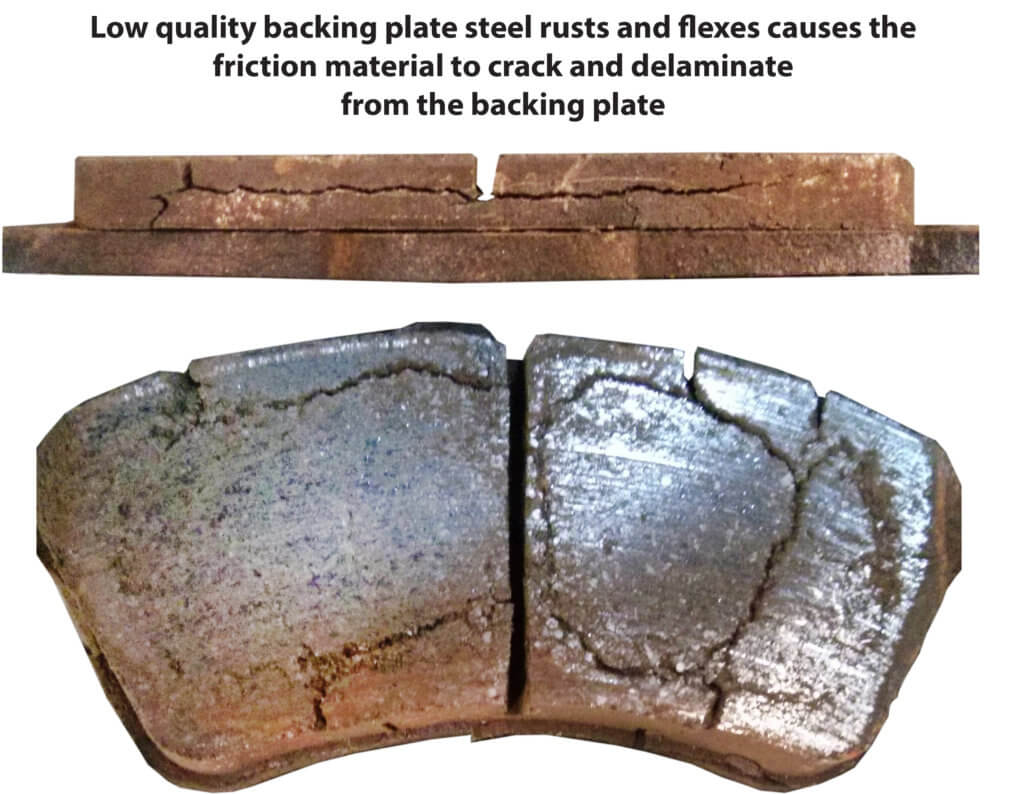
High quality brake pads are made from high quality steel that doesn’t bend and has been treated to resist rust. The very best brake pads are built on galvanized steel and use a mechanical attachment system that prevent the friction material from delaminating.
In addition to better steel, premium quality brake pads come complete with high quality noise reduction shims and new anti-rattle clips. If you’re being charged separately for shims or clips, you’re not getting a premium quality brake pad.
How much do high quality brake pads cost? About $80/set. How much were you charged for the cheap “premium pads?” About $80.
The same applies to brake rotors. There are cheap rotors and high quality rotors.
How to protect yourself from brake job rip-offs?
1) Avoid the chains. They have incredibly high overhead to pay for those expensive celebrity TV ads. Plus, they have high sales quotas they must meet every month, so they’re always looking for every upsell opportunity. Instead, find a local independently owned shop with good online reviews. They rely on word-of-mouth referrals so they have less incentive to rip you off.
2) Ask for name brand premium brake parts. Even the name brand brake parts manufacturers offer several quality levels; economy to compete with low price competitors, OE to match the pads that came from the factory, and premium for the best performance and longest life. The price difference between a name brand economy and premium brake part can be as little as 20%. For the best performance and longest life, ask for brake pads built on a galvanized steel backing plate with a mechanical attachment system.
Here are the top name brand brake parts manufacturers: Wagner, Raybestos, Centric, Bendix. Akebono, Bosch, ACDelco, and Advics.
3) If a shop recommends a caliper replacement, ask why. If the caliper is sticking or seized, ask for a new caliper pin and boot set instead of a complete caliper.
©, 2022 Rick Muscoplat
Posted on by Rick Muscoplat
